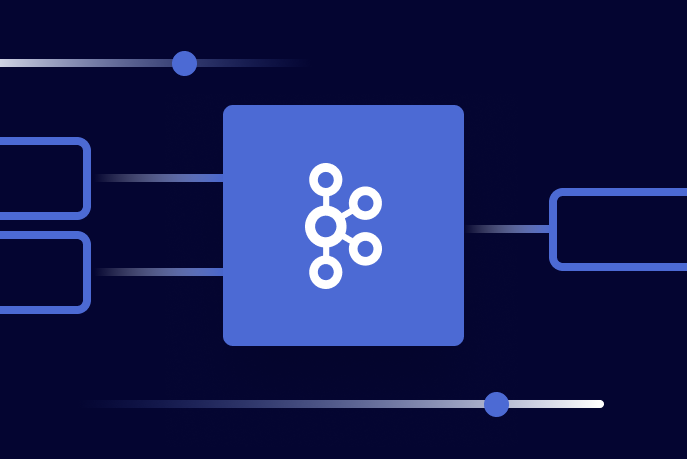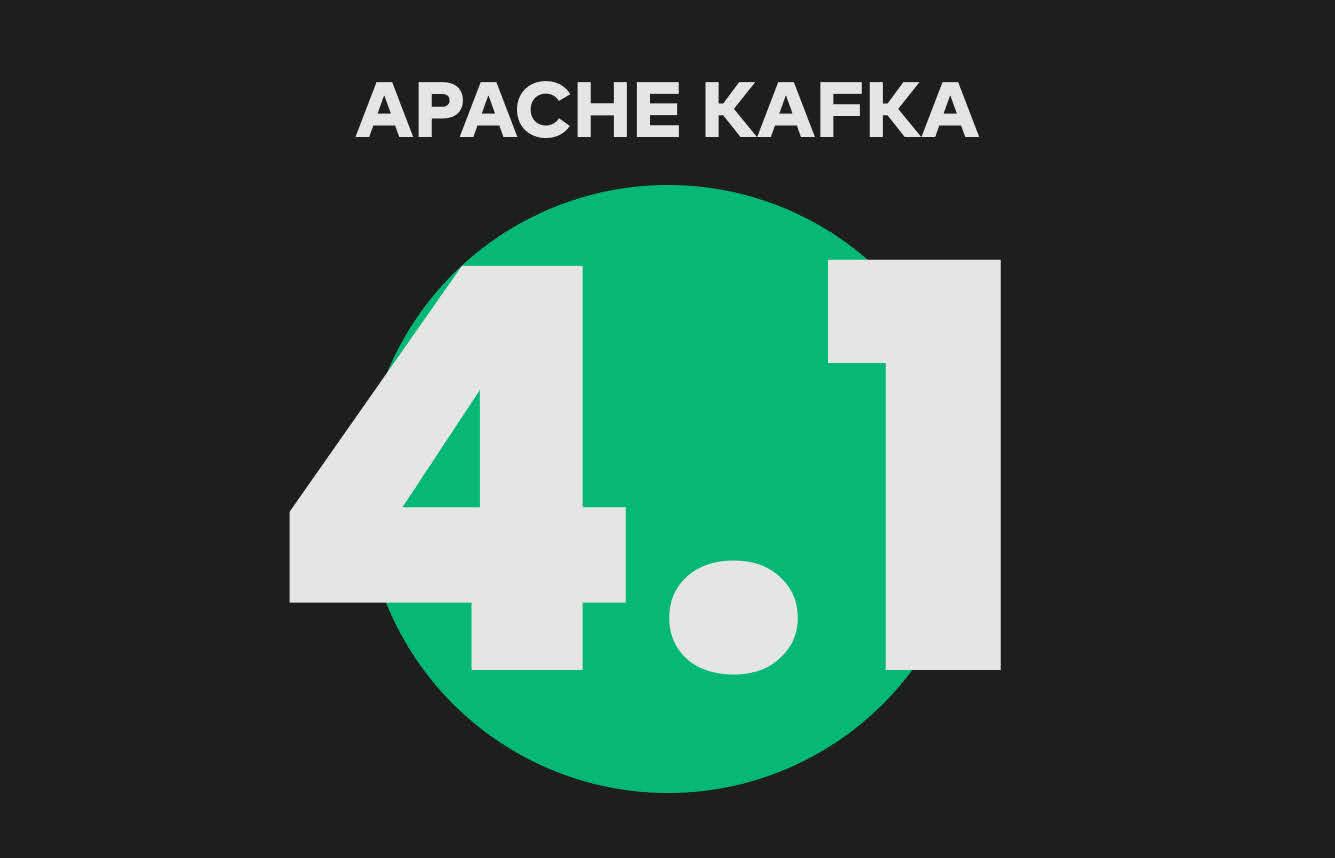Confluent nommé leader dans le rapport Forrester Wave: Streaming Data Platforms | Accéder au rapport
Apache Kafka
Data Products, Data Contracts, and Change Data Capture
Change data capture is a popular method to connect database tables to data streams, but it comes with drawbacks. The next evolution of the CDC pattern, first-class data products, provide resilient pipelines that support both real-time and batch processing while isolating upstream systems...
Unlock Cost Savings with Freight Clusters–Now in General Availability
Confluent Cloud Freight clusters are now Generally Available on AWS. In this blog, learn how Freight clusters can save you up to 90% at GBps+ scale.
Unleash Real-Time Agentic AI: Introducing Streaming Agents on Confluent Cloud
Build event-driven agents on Apache Flink® with Streaming Agents on Confluent Cloud—fresh context, MCP tool calling, real-time embeddings, and enterprise governance.
Connecting the Dots: Simplifying Multi-API Data Flows into Apache Kafka®
This blog introduces the concept of API chaining — a method where data is collected by sequentially calling multiple related APIs. The response from one API is used to construct the request for the next, creating a chain that enables richer, more contextual data collection.
Why Apache Kafka® Migration Costs Are Often Underestimated
Planning an Apache Kafka® migration? Learn how to estimate migration expenses, reduce costs, and compare self-managed vs managed real-time data platforms with expert insight.
The True Cost of Real-Time Data Streaming
Explore the hidden costs of real-time streaming—compare infrastructure, ops, and ROI between Confluent Cloud and self-managed Apache Kafka®. Learn how auto-scaling and governance lower TCO.
Confluent: The Real-Time Backbone for Agentic Systems
Confluent, powered by Kafka, is the real-time backbone for agentic systems built with Google Cloud. It enables agents to access fresh data (MCP) and communicate seamlessly (A2A) via a decoupled architecture. This ensures scalability, resilience, and observability for complex, intelligent workflows.
Leveraging Confluent Cloud Schema Registry with AWS Lambda Event Source Mapping
AWS Lambda's Kafka Event Source Mapping now supports Confluent Schema Registry. This update simplifies building event-driven applications by eliminating the need for custom code to deserialize Avro/Protobuf data. The integration makes it easier and more efficient to leverage Confluent Cloud.
Cross-Cloud Data Replication Over Private Networks With Confluent
Confluent’s Cluster Linking enables fully managed, offset-preserving Kafka replication across clouds. It supports public and private networking, enabling use cases like disaster recovery, data sharing, and analytics across AWS, Azure, Google Cloud, and on-premises clusters.
Monitor Kafka Streams Health Metrics in Confluent Cloud
Confluent Cloud now offers native Kafka Streams health monitoring to simplify troubleshooting. The new UI provides at-a-glance application state, performance ratios to pinpoint bottlenecks (code vs. cluster), and state store metrics.
Scaling Kafka Streams Applications: Strategies for High-Volume Traffic
Learn how to scale Kafka Streams applications to handle massive throughput with partitioning, scaling strategies, tuning, and monitoring.
Cross-Data-Center Apache Kafka® Replication: Decision Framework & Readiness Playbook
Learn how to choose the right Apache Kafka® multi-cluster replication pattern and run an audit-ready disaster recovery and high availability program with lag SLOs, drills, and drift control.
How to Transform Data and Manage Schemas in Kafka Connect Pipelines
Learn how to handle data transformation, schema evolution, and security in Kafka Connect with best practices for consistency, enrichment, and format conversions.
Best Practices for Validating Apache Kafka® Disaster Recovery and High Availability
Learn best practices for validating your Apache Kafka® disaster recovery and high availability strategies, using techniques like chaos testing, monitoring, and documented recovery playbooks.
How to Scale and Secure Kafka Connect in Production Environments
Learn best practices for running Kafka Connect in production—covering scaling, security, error handling, and monitoring to build resilient data integration pipelines.
Introducing Apache Kafka® 4.1.0: What’s New and How to Upgrade
Announcing the release of Apache Kafka 4.1
Solving ETL Challenges with Apache Kafka®, Confluent Tableflow, and Zero ETL
Confluent Tableflow unifies operational and analytical data by integrating Kafka with zero ETL, leveraging open table formats such as Iceberg and Delta Lake. It offers advantages over traditional zero ETL by enabling data reuse, schema decoupling, and better scalability, streamlining data sharing.















